A Q&A with management rights valuing experts, Alison Sun and Alex McCowan from Accom Valuers.
How do you value a management rights business?
By analysing the financial data for the Management and Letting Rights (MLR) business and applying a market multiplier based on sales evidence.
A valuer will collect all of the management documents. These documents include the Community Management Statement (CMS), management agreements, caretaking and letting agreements, the Survey Plan, and Deed of Variation which is the top up management agreement - this can be a standard agreement of 10 years, but most are 25 years. Valuers also collect financial information from the owner, analyse the accounts and the profit and loss (P&L). They run a check analysis on main line items such as cleaning and linen, this can be done on a dollar per letting unit basis or profitability basis.
What is a MLR multiplier?
A (Years’ Purchase Multiplier) is a capitalisation rate that has been reversed for easy interpretation. For example, a 5.0 multiplier is really a capitalisation rate of 20 percent. The higher the capitalisation rate (20 percent or higher) the lower the risk and vice versa.
Why and when are valuations needed?
Valuations are done for a range of reasons including finance (particularly when purchasing a business), finance review, court proceedings, tax and superannuation. Often Managers and buyers may engage a valuer to provide a pre-purchase or pre-sale advice.
How does the multiplier differ for MLR long stay vs short stay?
The market multiplier will differ where demand is high or low.
The COVID pandemic has been the biggest test of the MLR market, and the long stay market does not appear to have been affected. In fact, the long stay market is in high demand, achieving equal to, or higher than multipliers in pre-covid times. The sector is now seen as being COVID proof, having come through the worst initial stages of the pandemic with minimal to no effect on Net Operating Profit (NOP) of the business. The short stay market is still patchy however, some regions and businesses have benefitted from the ‘border closures and restrictions’, but other areas have not fared so well.

Why does the multiplier change for different regions and towns?
It depends on whether demand is high or low in a particular location or type of business. A multiplier usually will reflect the ‘risk’ profile of the business.
What are the general parameters for an MLR multiplier?
The multiplier is influenced by several factors including location, age and condition of building and units. Other important factors include whether it is under an ‘Accommodation module’ (have 25 years maximum term) or ‘Standard module’ (which is a maximum term of 10 years) on the caretaking and letting agreements, the size of the letting pool, and size of the NOP. We look at: The business type either short term (holiday), short term (corporate), long term and mixed.
Other factors taken into account when landing on a multiplier are:
- Profitability per letting unit (excluding the body corporate salary) this provides you with the profitability of the letting component of the business
- Dollar rate/letting unit across all the sales evidence
- Return on investment of overall value of the real estate and the MLR business. If the real estate value is high such as $1million or more than this could, in some instances have a have a negative effect on the multiplier
- What upgrades have been done? A manager should have a 10-year plan in place. If the property is not well maintained this could decrease value
What market trends drive a multiplier?
A large business with NOP of over $500k (adjusted to industry standards) will drive up the multiplier because the manager will be able to employ staff over and above a two-person team. Furthermore, if the business can service the managers real estate loan it will drive up the multiplier.
Off the plan (OTP) was a big market driver in 2015 to 2019. Thousands of units were built particularly in the inner CBD suburbs and brought in new players, investors, investment companies and syndicates and the multiplier rose due to the demand.
What other factors are considered when valuing an MLR?
The ratio of units in the letting pool to the total in the complex is an important factor. We also look at any high-risk components of the business such as leaseback/ performance undertaking agreements, any food and beverage add-on, a high level of single ownership, and the number of bodies corporate.
How is the real estate component considered when valuing an MLR?
It is viewed in isolation with comparable managers real estate, sales evidence and standard unit sales within the building and nearby. It is valued on a direct comparison basis and $rate/square metre.
The valuer must find the right balance as they are sold together with the MLR business.
.jpg)
What trends have you seen in MLR valuations over the years?
We have been in the industry since 2006 and have seen an increased level of sophisticated MLR operators. Operators now present us with three years trading figures rather than Twelve months of figures. We now also see more of a special condition in the MLR contract, whereby a price adjustment applies if the number of units in the letting pool changes by settlement.
What is happening with MLR valuations right now?
Where demand is high, sales transaction activity increases resulting in good volumes of sales evidence for valuations. Where demand is low, sales transaction activity reduces resulting in very limited sales evidence for valuations.
Long term let MLR businesses are in demand. We are also seeing good demand for ‘holiday’ let businesses on the Sunshine Coast but there is less movement of this asset on the Gold Coast.
Do you have any predictions for the next couple of years?
No one could have possibly predicted the market changes during COVID-19, but we do think that if interest rates remain low, the long stay market will continue to be in high demand.
We have seen multipliers increase gradually in the long stay market since about October 2020 and more particularly from the start of 2021. Where the short stay market has not recovered it may see further changes.
What has the industry learned from the pandemic?
The long stay market does not appear to have been affected, in fact it is in high demand, achieving equal to or higher multipliers than pre-COVID times. The valuation process is much the same.
The short stay market is still patchy some regions have done well, and some have not, therefore multipliers in different regions differ.
The valuation process has changed in reaction to the changing market conditions. Whereby, we now analyse three years’ worth of P&L, month by month statistics of revenue, occupancy, and daily rate and other relevant analysis.
What should buyers of permanent management rights beware of regarding the valuation?
For larger businesses or multiple bodies corporate, we will qualify in our valuation report to the bank/financier that it is recommend the likely purchaser is to have some level of previous MLR experience. The smaller businesses and single body corporate are more suited to first time entrants. We recommend that all buyers know how many years are remaining on the term and investigate the history of ‘top up’ with the body corporate.
What can go wrong when valuing an MLR?
If the contract price is well above market value and cannot be supported by sales evidence as part of the finance process, it can result in the purchaser terminating the contract after spending legal, accounting, finance and valuation fees.
What is the worst-case scenario?
The worst for a valuer would be to take on a valuation and not understand what they are valuing or how to value the business.
Another error would be to not have a claw back clause in place, this might affect risk when buying off the plan. When purchasing an MLR off the plan the initial profit projections may change by the time settlement is reached and in this case a claw forward/claw back clause would be used.
Find Management Rights For Sale HERE

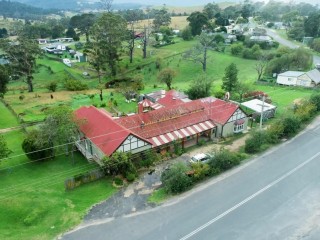

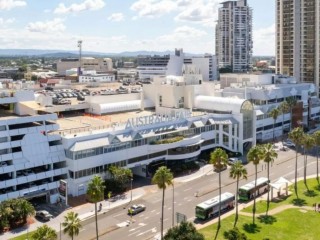
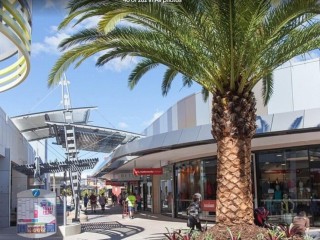
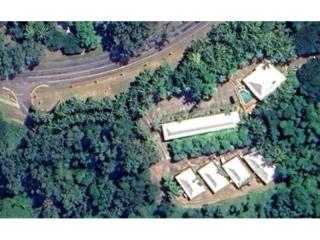
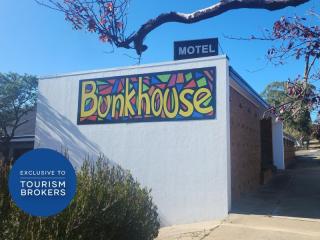
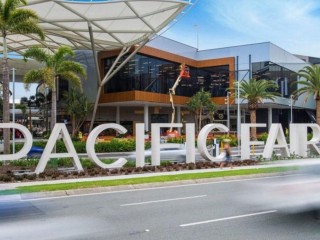
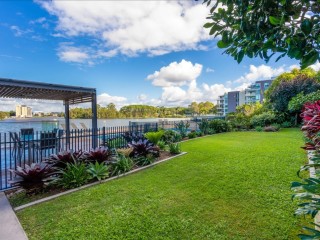
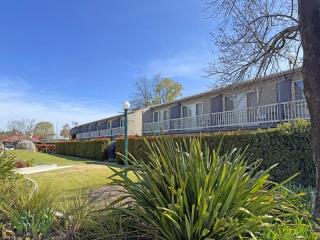
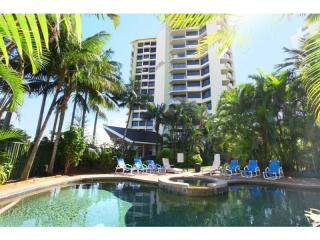
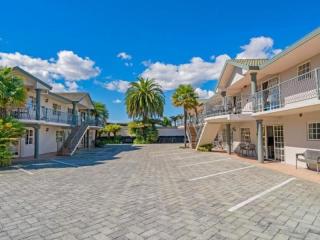
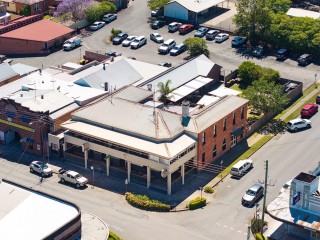
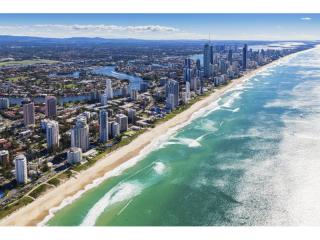
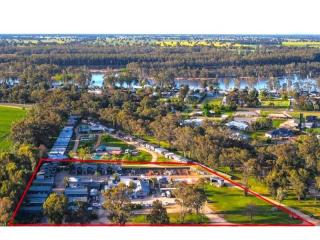



![[1142] Registered NDIS Provider for Sale | 13 Registration Groups](https://1f25fe99b18e880e7193-01a9a8d7123904fe33d5c24c50fe4d84.ssl.cf4.rackcdn.com/80a1c1e9f2154d525faa87-m.jpg)